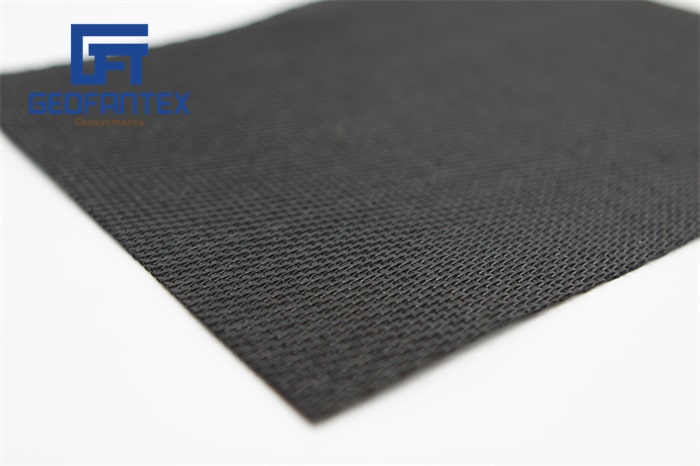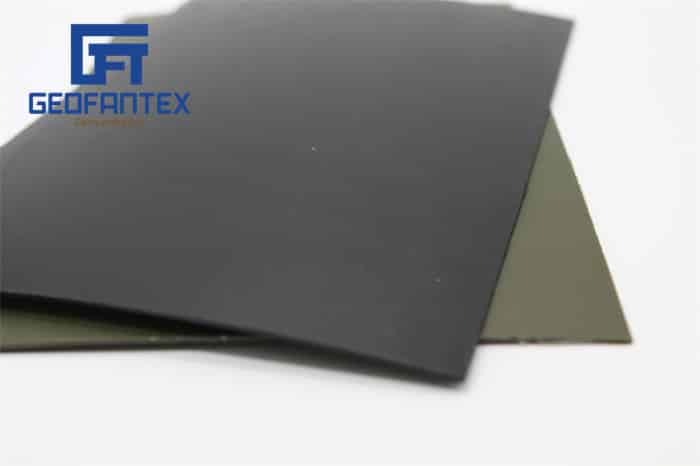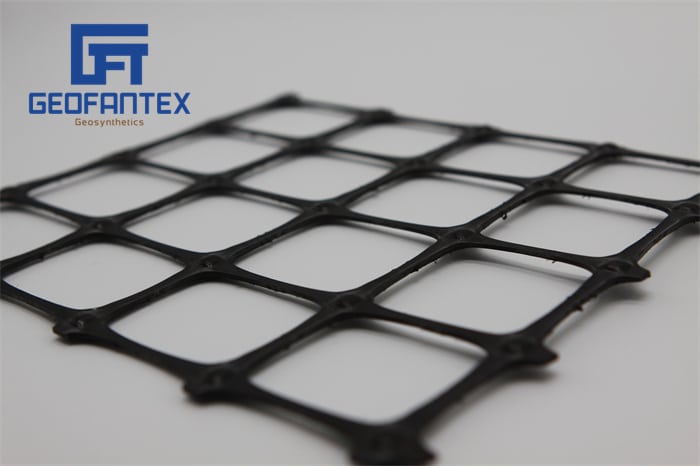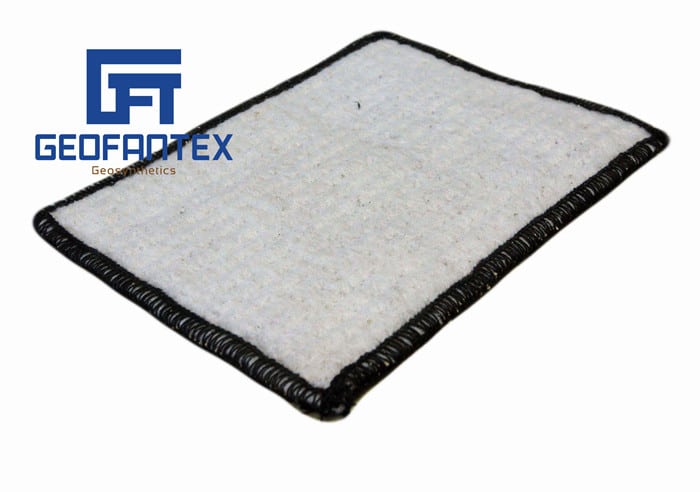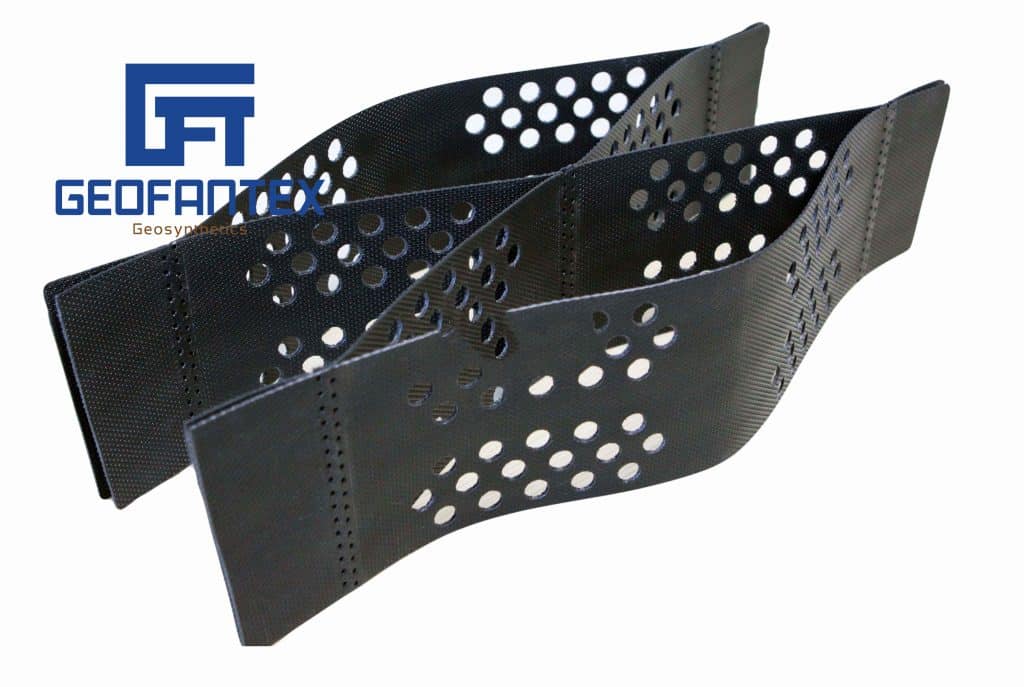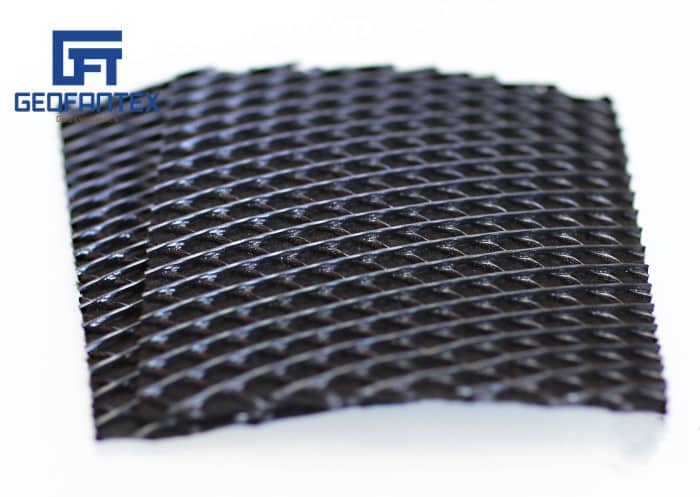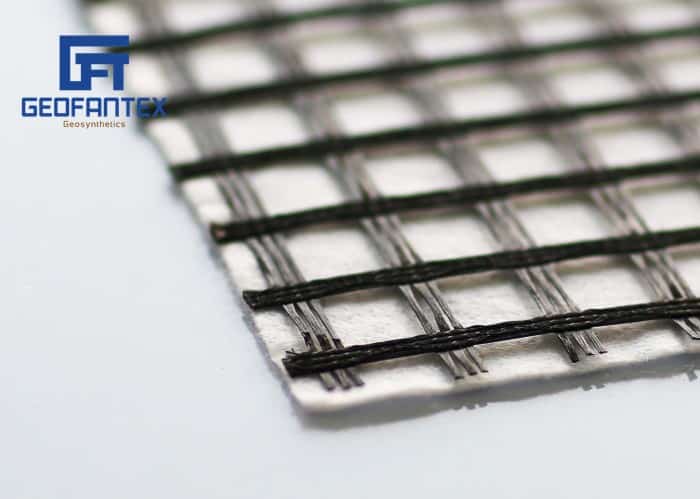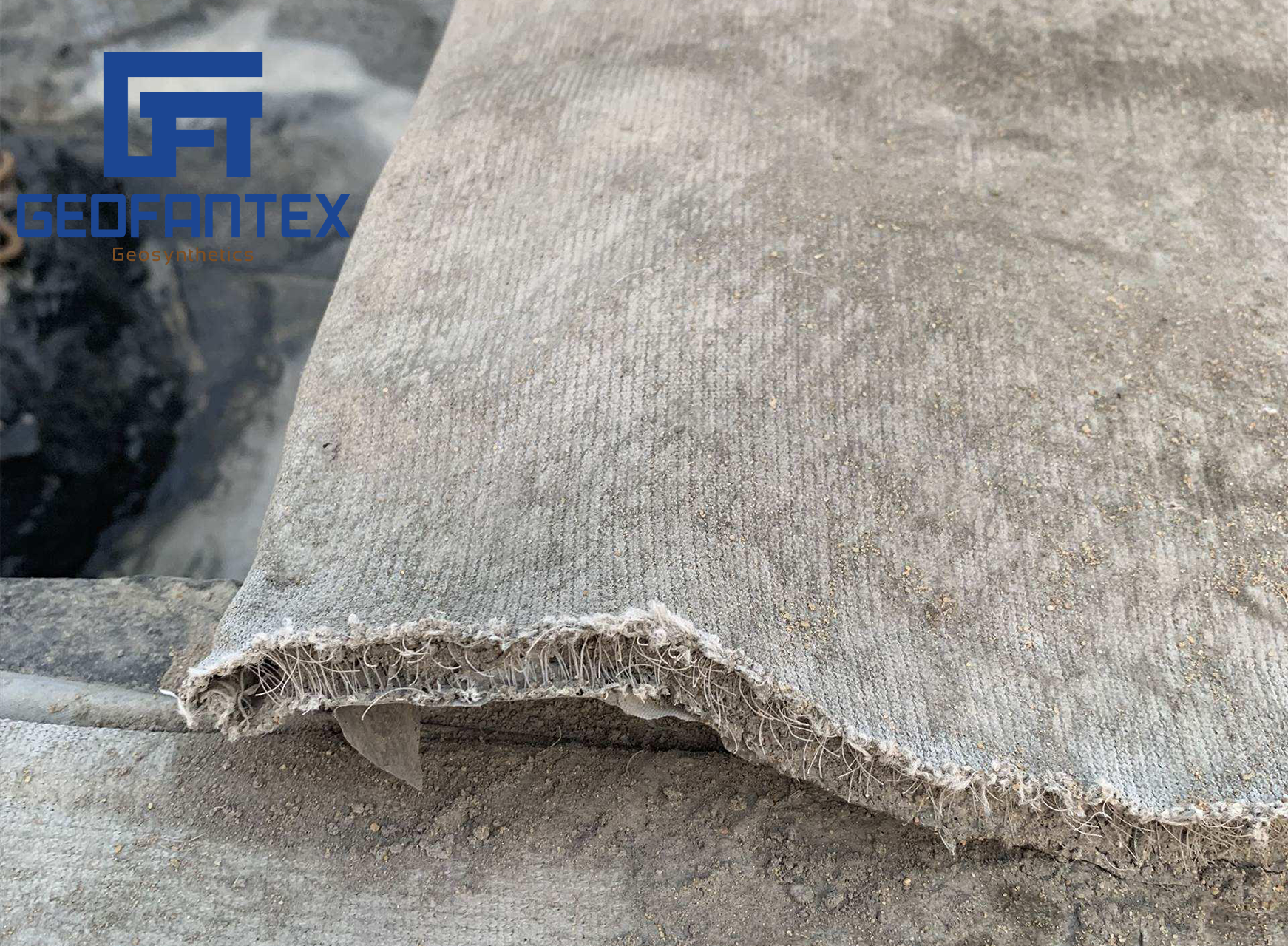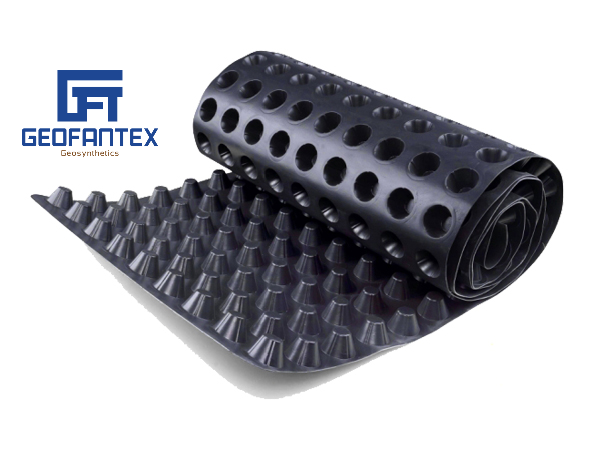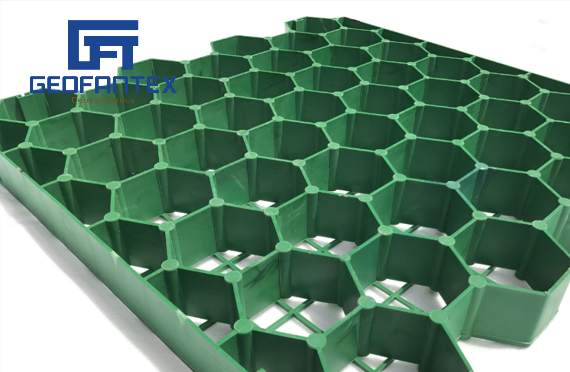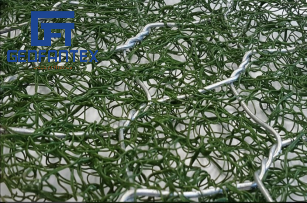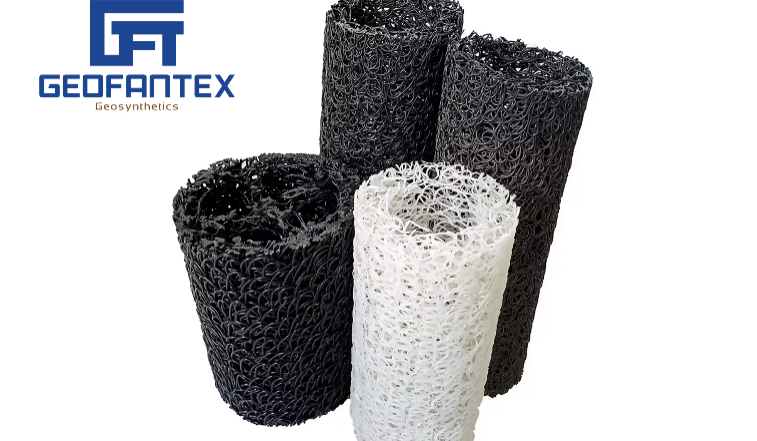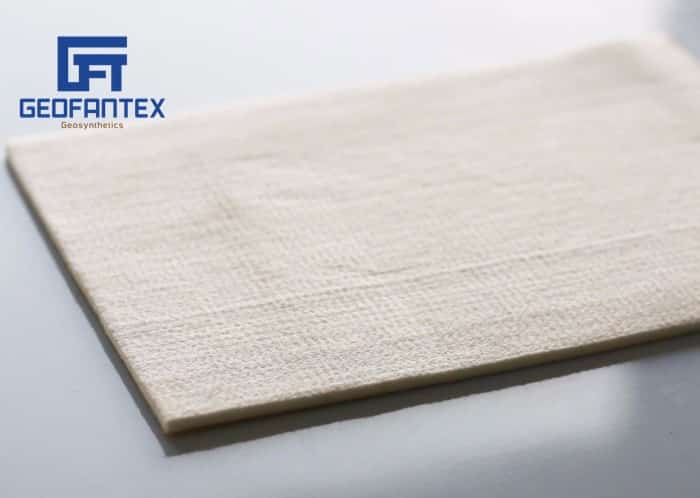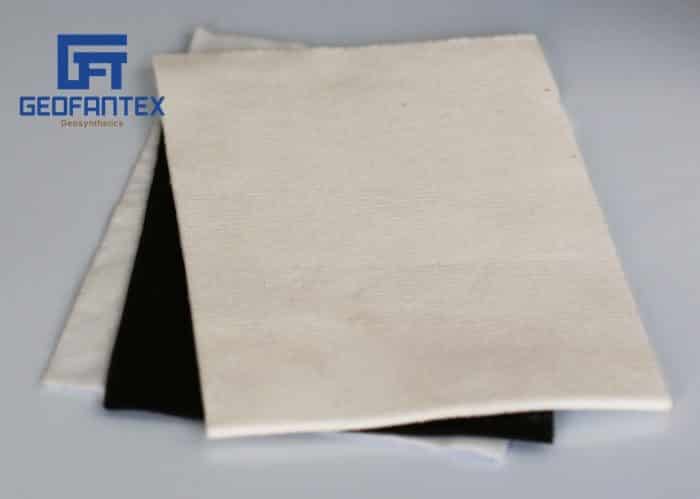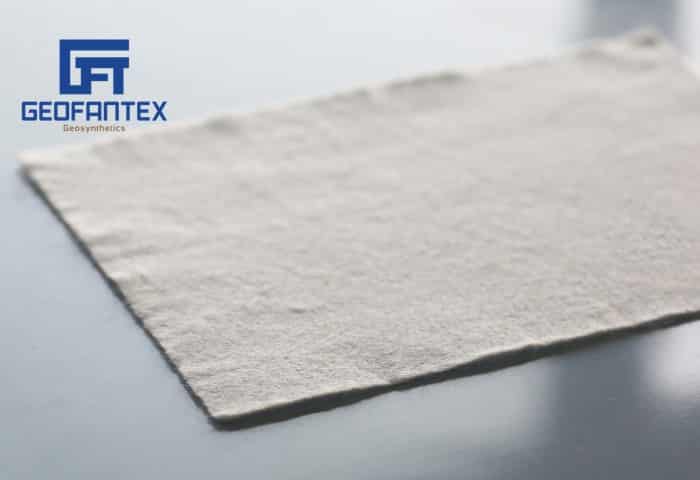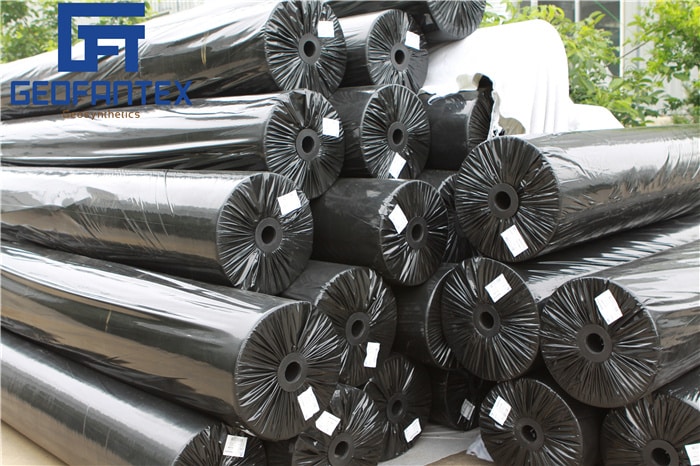+86-159 9860 6917
info@geofantex.com
geofantex@gmail.com
+86-400-8266163-44899
Geosynthetics play a crucial role in modern civil engineering projects, offering versatile solutions for various applications. Among these, geocomposite hydraulic properties are particularly important for their role in enhancing drainage systems and soil stabilization. This article explores key aspects of geocomposites in relation to hydraulic performance.
What are Geocomposites?
Geocomposites are engineered materials used in civil engineering and construction projects, particularly for soil stabilization, drainage, and erosion control. They consist of two or more geosynthetic layers (such as geomembranes, geotextiles, and geonets) combined to serve a specific function.
Common types of geocomposites include:
- Geotextile-Geonet Composites: These are used in drainage systems, where the geotextile acts as a filter to prevent soil from clogging the drainage layer, while the geonet provides structural support and enhances water flow.
- Geotextile-Geomembrane Composites: These are used for containment purposes, often in landfills or water reservoirs, where the geomembrane provides a waterproof barrier, and the geotextile offers reinforcement.
Geocomposites are widely used in applications like landfills, road construction, slopes, embankments, and environmental protection because they can combine multiple beneficial properties (filtering, drainage, reinforcement) into a single product.
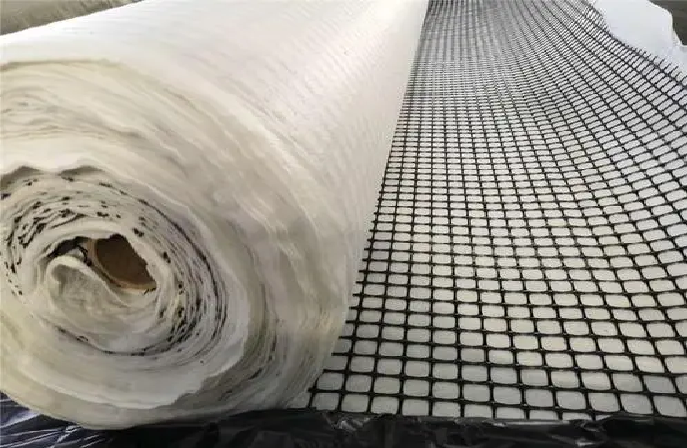
How do Geocomposites Enhance Hydraulic Performance?
Geocomposites are tailored to improve hydraulic properties by facilitating efficient water flow and filtration. The combination of different materials allows for enhanced drainage capabilities while maintaining soil integrity and stability.
What Factors Influence Geocomposite Hydraulic Properties?
Several factors impact geocomposite hydraulic properties, including the type and arrangement of constituent materials, thickness, pore size distribution, and manufacturing techniques. These factors collectively determine the permeability, filtration efficiency, and durability of the geocomposite.

What are the Applications of Geocomposites in Hydraulic Engineering?
Geocomposites are extensively used in various hydraulic engineering applications such as landfill leachate collection, subsurface drainage systems, erosion control, and coastal protection. Their ability to manage water flow efficiently while providing structural support makes them indispensable in modern infrastructure projects.
Industry Data Insights: According to Geosynthetic Materials Association (GMA), the global market for geosynthetics, including geocomposites, is projected to grow at a compound annual growth rate (CAGR) of 8.5% from 2023 to 2028, driven by increasing infrastructure development and environmental concerns (source: GMA Annual Report).
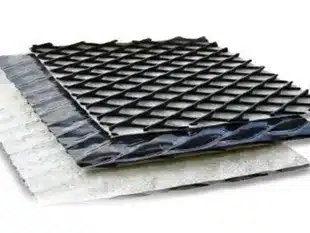

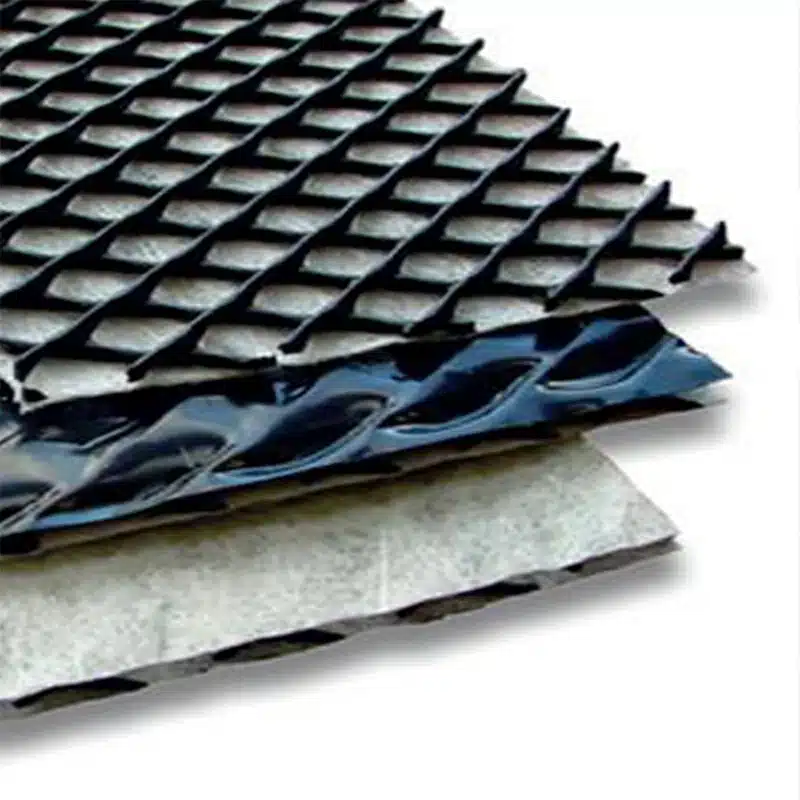
Get Free Sample
We’ll respond as soon as possible(within 12 hours)


